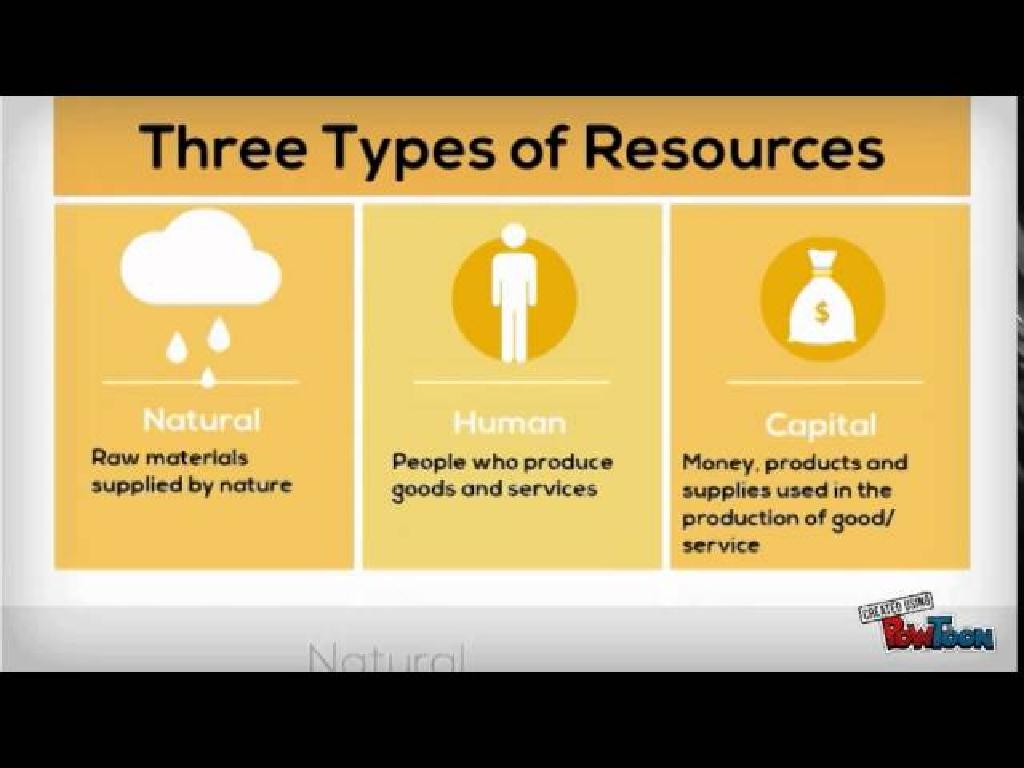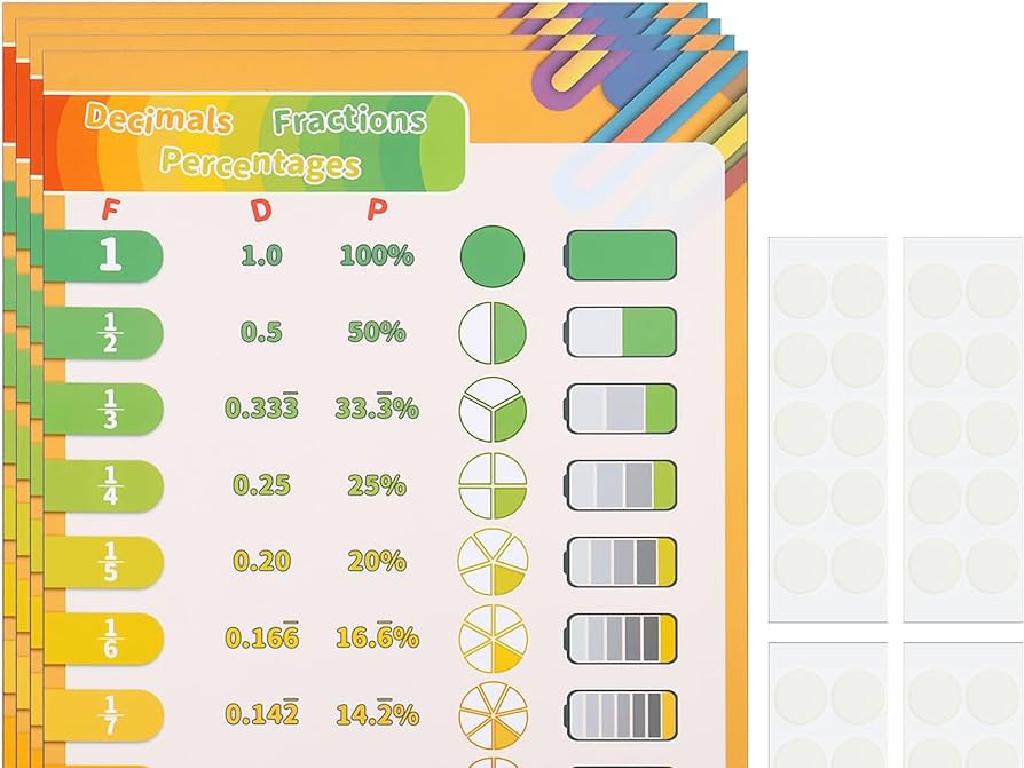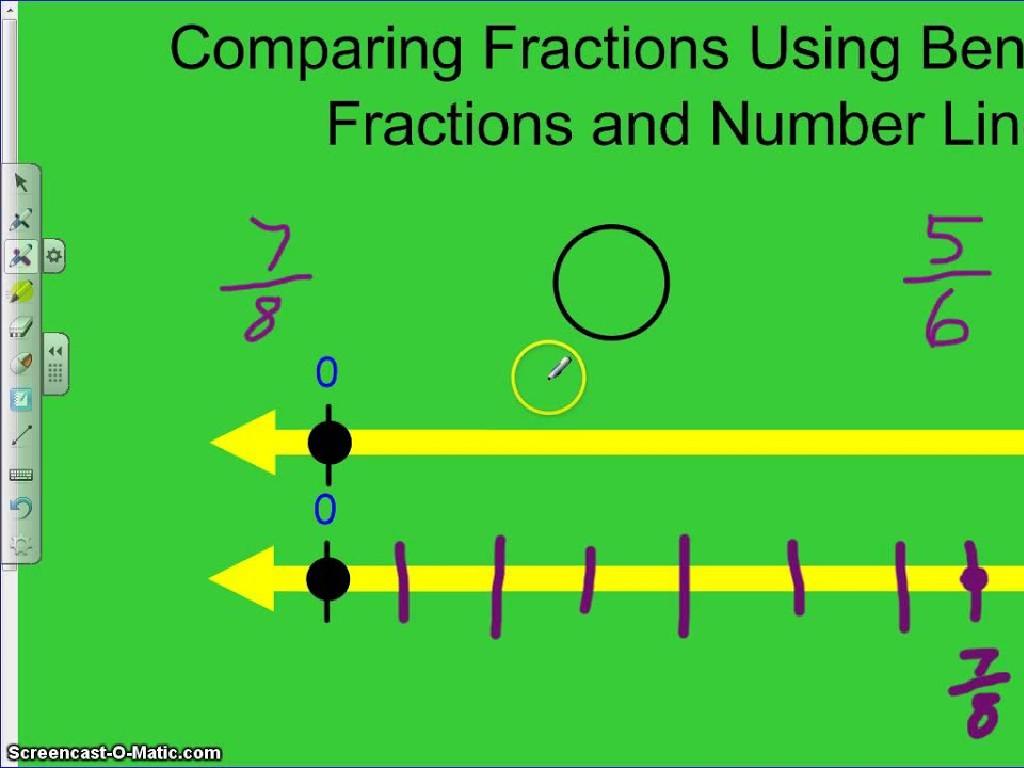How Do Rock Layers Form?
Subject: Science
Grade: Sixth grade
Topic: Rocks
Please LOG IN to download the presentation. Access is available to registered users only.
View More Content
Welcome to the World of Rocks!
– Explore rock types
– Igneous, sedimentary, metamorphic
– Earth’s crust layers
– Earth’s crust: a rocky shell
– Formation of rock layers
– Layers settle over time
– Preview of rock stratification
|
This slide introduces students to the fascinating world of rocks and sets the stage for understanding the Earth’s crust and the formation of rock layers. Begin by discussing the three main types of rocks: igneous, formed from cooled magma or lava; sedimentary, created from particles of other rocks or organic material; and metamorphic, which are altered by heat and pressure. Explain that the Earth’s crust is like a giant jigsaw puzzle of rock layers. Highlight that rock layers, or strata, form over time as sediments accumulate and are compacted. This preview will lead into a more detailed look at how each layer tells a story about the Earth’s geological history. Encourage students to think about how the ground beneath their feet is made up of these layers that have developed over millions of years.
Types of Rocks and Their Formation
– Igneous rocks: from magma or lava
– Formed when magma cools and solidifies, either within the Earth or on the surface.
– Sedimentary rocks: from fragments
– Made of accumulated material like sand and shells, compressed over time.
– Metamorphic rocks: from metamorphosis
– Created by the transformation of existing rock types through heat and pressure.
|
This slide introduces students to the three main types of rocks and their formation processes, which is fundamental to understanding the rock cycle. Igneous rocks form from the solidification of molten material; examples include granite and basalt. Sedimentary rocks are the result of sedimentation, the accumulation and cementation of mineral and organic particles on the floor of oceans, lakes, and rivers. Examples include sandstone and limestone. Metamorphic rocks are produced from the transformation of existing rock types in a process called metamorphism, which means ‘change in form’. The original rock (protolith) is subjected to heat and pressure causing profound physical and/or chemical change. Examples include slate and marble. Encourage students to bring in rock samples for discussion, if possible.
Layers of the Earth and Rock Formation
– Earth’s Crust: Our home layer
– The crust is Earth’s outermost layer, where rocks form and we live.
– Beneath the Crust: The Mantle
– The mantle is made of semi-solid rock that moves slowly.
– Earth’s Outer Core: Liquid layer
– The outer core is a sea of molten iron and nickel.
– Inner Core: Earth’s hot center
– The inner core is solid due to immense pressure.
– Connection to Rock Layers
– Heat and pressure from inner layers affect rock formation in the crust.
|
This slide introduces students to the different layers of the Earth and how they relate to the formation of rock layers. The crust is the outermost layer and is where rock formation occurs. Beneath the crust is the mantle, which is made of semi-solid rock that moves and causes changes in the crust. The outer core is a liquid layer of iron and nickel, and the inner core is solid due to the immense pressures it’s under. Understanding these layers helps students grasp how heat and pressure from below can lead to the formation of different types of rocks in the crust. Discuss how the movement of the mantle can cause the crust to shift, leading to the creation of mountains and other geological features.
Formation of Rock Layers
– Deposition of materials
– Sediments settle in layers over time, like sand at the bottom of a lake.
– Erosion and weathering effects
– Weathering breaks rocks down, erosion carries the pieces away.
– Compaction of sediments
– Layers of sediment are squeezed under weight, removing water and air.
– Cementation binds layers
– Minerals crystallize and glue sediments into solid rock.
|
This slide explains the step-by-step process of how rock layers form, starting with the deposition of materials. Deposition occurs when sediments settle out of water or air. Erosion and weathering then play roles in breaking down existing rock into smaller pieces that can be transported and redeposited. Compaction occurs as layers of sediments accumulate and are pressed down by the weight of new layers, squeezing out water and air. Finally, cementation happens when dissolved minerals crystallize and bind these sediments together to form solid rock. Use diagrams to illustrate each step and provide real-world examples, such as the formation of sedimentary rock layers in a river delta.
Examining Rock Layers
– Rock layers as Earth’s history pages
– Each layer represents a period in Earth’s past, like chapters in a history book.
– Fossils: Clues in the layers
– Fossils in layers help us understand what life was like long ago.
– Understanding stratigraphy
– Stratigraphy is the study of rock layers and layering.
– Significance of layer order
– The deeper the layer, the older it is, telling us the sequence of events.
|
This slide aims to introduce students to the concept that rock layers, or strata, can provide a historical record of Earth’s past. By examining the sequence and composition of these layers, we can interpret the geological and environmental conditions that existed at different times. Fossils found within these layers serve as evidence of past life forms and their evolution. Stratigraphy, the scientific study of these rock layers, helps us understand the chronological order of Earth’s history. Emphasize the importance of the order of layers, as it can indicate the sequence of geological events such as sediment deposition, volcanic eruptions, and erosion. Encourage students to think about how rock layers are like a timeline, with the oldest stories at the bottom.
The Grand Canyon: A Geological Marvel
– Formation of rock layers
– Layers formed by sediment deposition over millions of years.
– Dating the layers
– Methods like radiometric dating determine layer ages.
– Insights from the strata
– Fossils and minerals in layers tell Earth’s history.
– Earth’s historical record
|
The Grand Canyon serves as an excellent case study for understanding the formation of rock layers. Each layer of rock was formed by the deposition of sediment over millions of years, with the oldest layers at the bottom and the youngest at the top. By studying these layers, scientists can use methods such as radiometric dating to determine their age and analyze the fossils and minerals within to gain insights into the Earth’s past climates and environments. This slide will explore how the Grand Canyon’s rock layers provide a window into Earth’s geological history, allowing students to visualize the concept of deep time and the processes that shape our planet.
Activity: Creating Your Own Rock Layers
– Gather materials for the activity
– Follow layering instructions carefully
– Start with pebbles, add sand, then soil, and top with shells or leaves
– Understand how layers represent time
– Each layer simulates sedimentary deposits over time
– Relate activity to natural rock layers
– Compare your cup to real-life sedimentary rocks and their formation
|
This hands-on activity is designed to help students visualize the process of rock layer formation. Provide each student with the necessary materials. Guide them through the layering process, emphasizing the importance of the order and how it represents the chronological deposition of materials. Discuss how over time, these layers can harden into sedimentary rock. After the activity, facilitate a discussion on the similarities and differences between their models and natural rock layers, focusing on concepts like sedimentation, compaction, and cementation. Possible variations of the activity could include using different grain sizes, adding weight to simulate pressure, or using materials to represent fossils.
Conclusion: The Story of Rock Layers
– Recap: Formation of rock layers
– Layers form over time through sediment deposition and compaction.
– Significance in Earth’s history
– They reveal the chronological order of Earth’s geological events.
– Observe local rock formations
– Look for patterns and layers in rocks around your area.
– Continue exploring geology
|
This slide aims to summarize the key points about the formation of rock layers and their importance in understanding Earth’s history. Emphasize that each layer represents a period in time, much like pages in a history book. Encourage students to become amateur geologists by observing and identifying different rock layers in their local environment. This could spark their interest in the natural world and lead to a deeper appreciation of Earth’s dynamic processes. Suggest that they take notes or photos of interesting rocks they find and research them further. This activity will reinforce their learning and could inspire future scientific inquiry.
Class Activity: Rock Layer Analysis
– Examine rock samples closely
– Identify the distinct layers
– Look for color, size, and texture differences
– Discuss layers’ origins
– Consider environment and time factors
– Present findings to class
|
In this hands-on activity, students will use magnifying glasses to closely examine various rock samples provided. They should look for differences in color, size, and texture to identify distinct layers within the rocks. Encourage them to discuss what each layer might reveal about the rock’s history, such as the environment it was formed in or the length of time each layer represents. After the analysis, students will prepare a brief presentation to share their findings with the class, fostering public speaking and scientific inquiry skills. Possible variations of the activity could include comparing sedimentary, metamorphic, and igneous rocks, or simulating rock layer formation with sand and soil layers.




